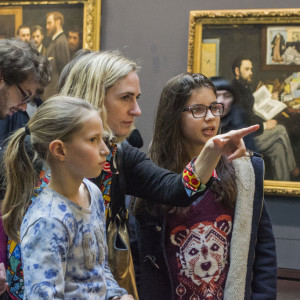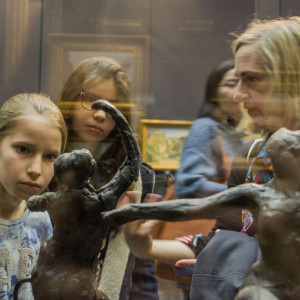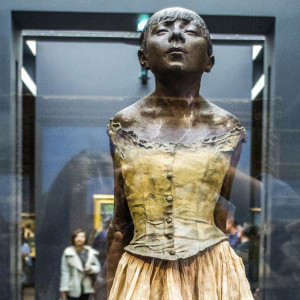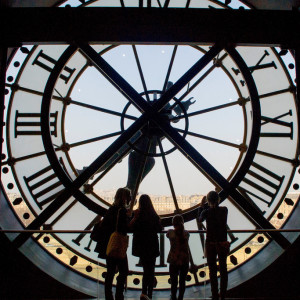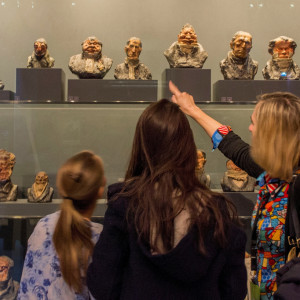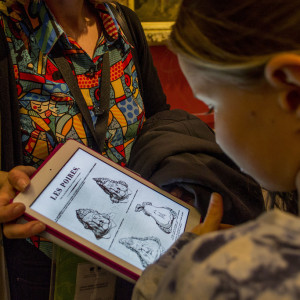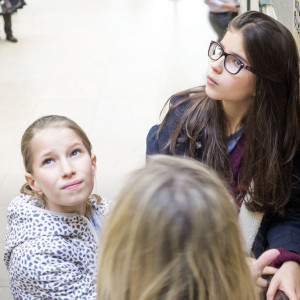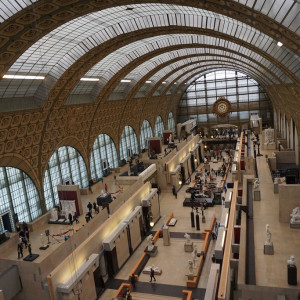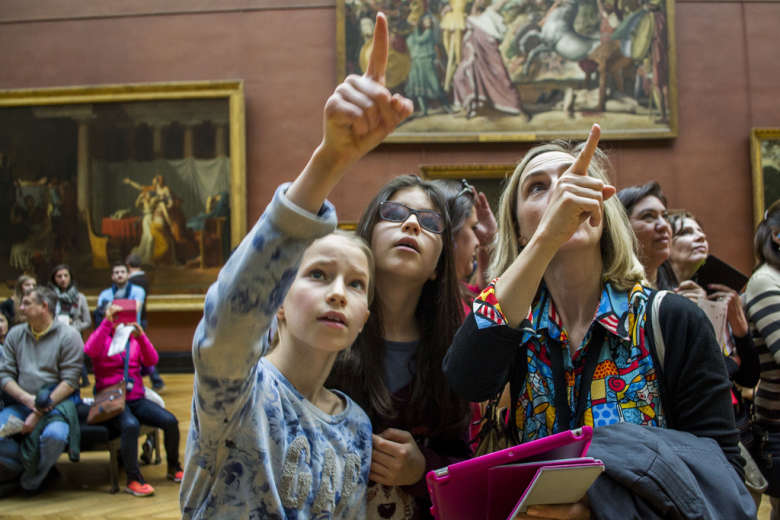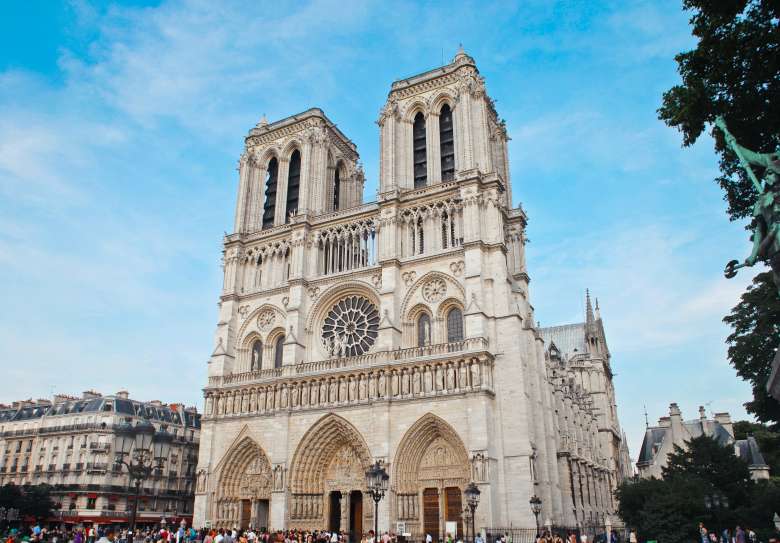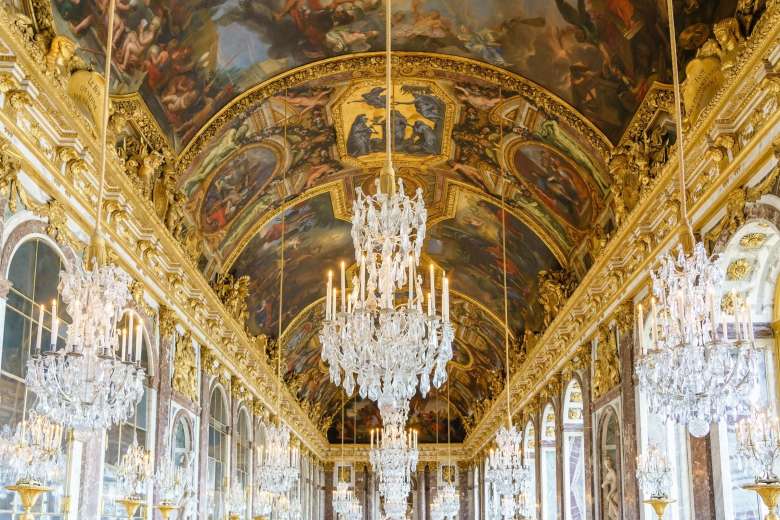Tour Details
- Duration
- 2.5 hours
- Product Type
- Tour
- Venues
- Musée d'Orsay
Select a date
SunMonTueWedThuFriSat
303112345678910111213141516171819202122232425262728293012345678910
Tour Description
Discover the world-renowned Musée d'Orsay like never before with our engaging 2.5-hour tour designed for families. Led by an art historian specially trained in captivating young minds, this dynamic journey through the museum's former train station setting brings to life the vibrant world of 19th and early 20th-century masterpieces by artists like Courbet, Monet, and Seurat.
We'll delve into major art movements such as Realism, Impressionism, and Post-Impressionism, all while encouraging close examination and appreciation of these iconic works. Join us for an unforgettable adventure, where your young art enthusiasts will gain both familiarity with art movements and a deeper understanding of the language of art.
We'll delve into major art movements such as Realism, Impressionism, and Post-Impressionism, all while encouraging close examination and appreciation of these iconic works. Join us for an unforgettable adventure, where your young art enthusiasts will gain both familiarity with art movements and a deeper understanding of the language of art.
From Trains to Tableaux—Musée d'Orsay for Kids Tour
The Orsay's collections are housed in an opulent turn-of-the-century building (quite à propos for displaying art of the same time period). But did you know this building wasn't always a museum? In fact, it was constructed as a train station! We'll begin our tour by interpreting the structure together, a first step in our lesson of "reading" art and our surroundings. Why would the building need such a lofty glass ceiling and enormous archways? Can you imagine where the trains might have gone? Surely we'll look at images of the station in its heyday before moving on to talk about the shift from station to museum. We might also talk about other museums we've seen, perhaps in our home cities, and imagine what other unconventional spaces could be used to house art collections.
Painting in Nature!
With discussions of trains under our belts, we'll move on to the art itself. We may start with works from the Barbizon school, considered a precursor to Impressionism. Barbizon painters worked almost exclusively outdoors, en plein air, and tried to paint their surroundings in as realistic a way as possible. Have you ever taken a sketchpad outside to draw? How is it different than drawing a subject, inside, from memory? Would the colors of your drawing change depending on the time of day and the position of the sun?
Moving on from the Barbizon, we may look at Realism, particularly works by Courbet and Daumier. These artists and their contemporaries liked to paint the people they saw in every day—doing their shopping, or playing chess—rather than stiff, idealistic portraits of people like Kings and Queens. Sometimes their paintings and drawings were humorous and even satirical, while at other times they were simple reflections of human activity. Looking at these works together, we'll turn the question to you: If you had to draw or paint in a Realist manner, what would you want to draw?
Impressionism
At the heart of our walk, we'll take in the work of the Impressionists. These artists—some of the most famous of which are Claude Monet (whose house and garden we visit on our Giverny Tour), Edgar Degas, and Édouard Manet—rejected formal artistic rules. Like the Barbizon and Realist painters, they preferred subjects drawn from modern life. Can you detect any differences between the Impressionist works and the Realist works we just saw? One clarifying difference is in the brush strokes—in the Impressionist works, they are visible, short, and thick—almost texturized. Can you imagine what an Impressionist painting might feel like to touch? This was revolutionary at the time, and many of these artists were ridiculed by the press and art collectors for being too avant-garde with their ideas.
Take Aways
As our time together comes to a close, perhaps after a brief look at some of the Post-Impressionist works in the museum, like Pointillism (can you imagine the time it might take to paint a large-scale canvas with tiny little dots?), we'll emerge with a better understanding of how to look at art, and perhaps also the ability to see the evolution of these nineteenth-century movements. Our Musée d'Orsay for Families tour is the perfect complement to our Louvre for Kids Tour, which looks at art from Antiquities until the early nineteenth century.
Booking Instructions
Please let us know in advance of the tour if you or your children have special interests you would like addressed.
Experts
What kind of art is in the Musée d’Orsay?
The Musée d’Orsay collection contains works roughly from 1848-1914. Some of the art movements include Romanticism, Realism, Impressionism and Post-Impressionism, Symbolism, and Pointilism and such artists as Manet, Courbet, Corot, Monet, Renoir, Degas, Gaugain, Cézanne, Van Gogh, and Seurat. Our walk will focus on the tenets of these movements in a child-friendly way.
The Musée d’Orsay collection contains works roughly from 1848-1914. Some of the art movements include Romanticism, Realism, Impressionism and Post-Impressionism, Symbolism, and Pointilism and such artists as Manet, Courbet, Corot, Monet, Renoir, Degas, Gaugain, Cézanne, Van Gogh, and Seurat. Our walk will focus on the tenets of these movements in a child-friendly way.
There are 7 in my group but your website won't allow me to include more than 6 participants. Can't you make an exception?
No, unfortunately, due to venue reservation restrictions, we cannot accommodate groups larger than 6 people. If your group is larger, we recommend you split into multiple groups.
When is the best time to visit Musée d’Orsay?
The Musée d’Orsay is very busy and not as spacious as the Louvre. We highly recommend visiting the museum when it is open late on Thursday evenings.
The Musée d’Orsay is very busy and not as spacious as the Louvre. We highly recommend visiting the museum when it is open late on Thursday evenings.
Is the Musée d’Orsay wheelchair accessible?
The Musée d’Orsay is wheelchair accessible. There are elevators throughout the museum and you can print a wheelchair accessibility guide from the site.
The Musée d’Orsay is wheelchair accessible. There are elevators throughout the museum and you can print a wheelchair accessibility guide from the site.
Do you have an adult version of this tour?
We do! See our Musée d'Orsay Tour for a small-group, in-depth tour of the collection geared for adults and mature teens.
We do! See our Musée d'Orsay Tour for a small-group, in-depth tour of the collection geared for adults and mature teens.
Are children's tickets free?
Yes! If you booked a private tour, participants under 18 are free to enter the museum.
Yes! If you booked a private tour, participants under 18 are free to enter the museum.
Where You'll Start
–
54 Reviews
Reviews can only be left by Context customers after they have completed a tour. For more information about our reviews, please see our FAQ.
We had a fabulous time with Jessica. She led our private tour with great skill and experience sharing her deep knowledge of history and art with us. Everyone from the 8 year old to the 82 year old was engaged. It truly made our daughters’s first trip to Paris special. Recommended highly.
Kenneth
Mar 21, 2025
The 2.5 hour tour with Martina around the d’Orsay museum was fantastic! She was extremely knowledgeable and answered questions the kids had. We really enjoyed our tour and highly recommended it!
Kilian
Nov 23, 2024
Laurent was very knowledgeable and kept everyone engaged in the tour throughout time and art. Thank you for a wonderful day.
Christine
Jul 17, 2024
